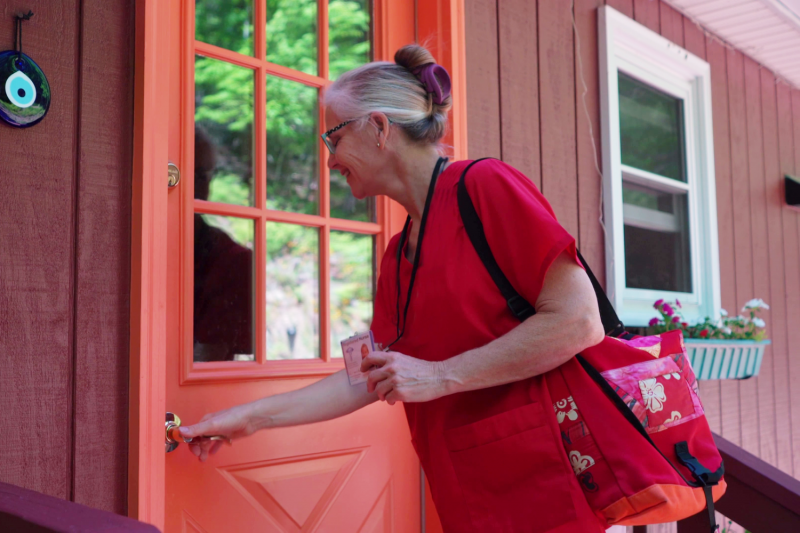Working Alone
SKU#: 0101HSWA
$30.00
If you are part of a member or associate member organization, ensure that you are logged in to see discounted pricing.

Employees who work alone or in isolation tend to be more vulnerable to safety hazards than those who have coworkers present. If a lone worker is injured or an emergency occurs, how do they get help? Even though such incidents are uncommon, when they do occur the consequences can be serious.
This course
is for anyone who works alone, supervises others who work alone, or supports the health and safety of lone workers in their
organization (JOHS Committee members).
In this course, you will learn about the common risks and hazards associated with working alone, the responsibilities of a lone worker and their employer, and some strategies that can be used to minimize risks.
-
Q: How long will this course take to complete?A: The average time to complete this course is approximately 15 minutes.
